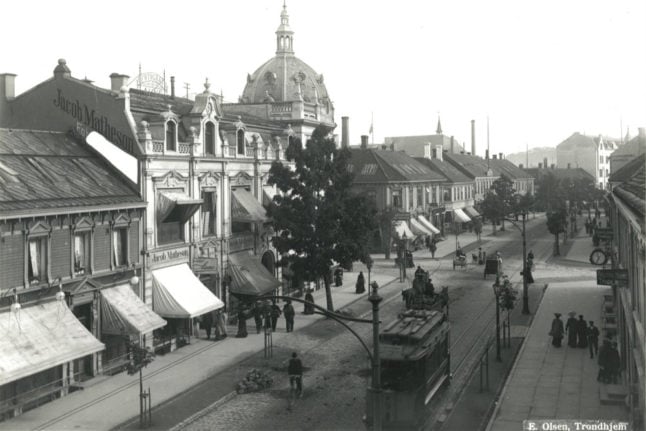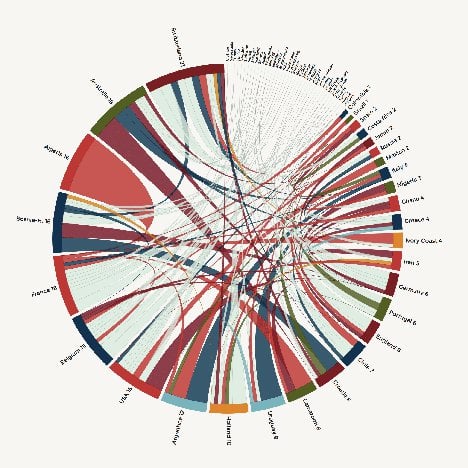In 1920, Norway’s capital city was called Kristiania, not Oslo, and the country was in economic crisis after the end of the First World War.
The country had a population of 2,649,775, according to the census from that year.
The National Archives of Norway (Arkivverket) has made the census accessible on its website, meaning all the records have been scanned in and will be made fully searchable in the near future, the archive told NRK. All material from the 1920 census is expected to be searchable by April 2021, according to NRK’s report.
Arkivverket’s search function for the 1920 census can be found here and you can browse the national archive website in English here.
Norway conducts a national census every year and makes the information public once it is a century old. More questions were included in the 1920 version than ever before – details including name, gender, date of birth, occupation, illnesses, living arrangements and who was present in the house at the time the census was responded to.
That made the details in the 1920 census somewhat chaotic, and the National Archives needed the help of 650 volunteers to add 2.5 million personal forms to the database, according to NRK.
Other details in the census include whether anyone in registered households was blind, dumb, deaf or had other health factors. Additionally, a note was made of whether a child was ‘legitimate’ (ekte) or illegitimate (uekte).
“One of the things I’m looking forward to doing is looking the number of children per family. This is the beginning of the second part of a demographic transition. Earlier, there was a high death rate and birth rate in families. This was on the way down by the 1920s,” history professor Hilde Sandvik of the University of Oslo told NRK.
Many interested in researching Norwegian family history will have eagerly anticipated the release of the 1920 census, the broadcaster writes. In addition to searching for ancestors, you can also look up who lived at your Norwegian address – that is, if it existed 100 years ago.
READ ALSO: US adventurer who was Thor Heyerdahl's 'last crewmate' dies aged 89
Do you have any questions you'd like us to ask the National Archives of Norway about the census? Let us know.




 Please whitelist us to continue reading.
Please whitelist us to continue reading.
Member comments